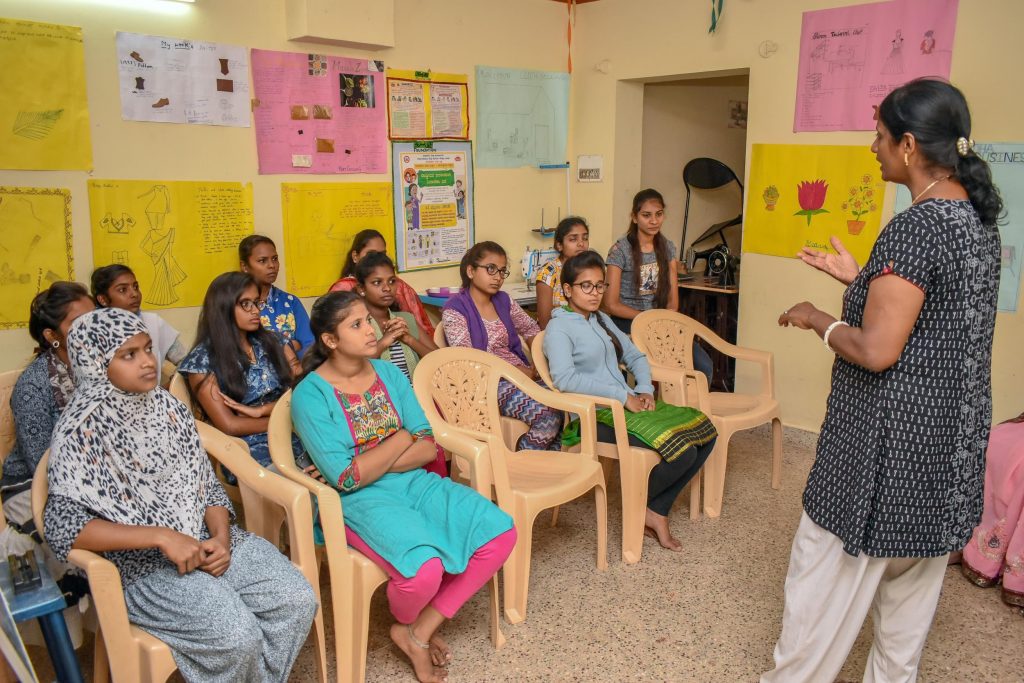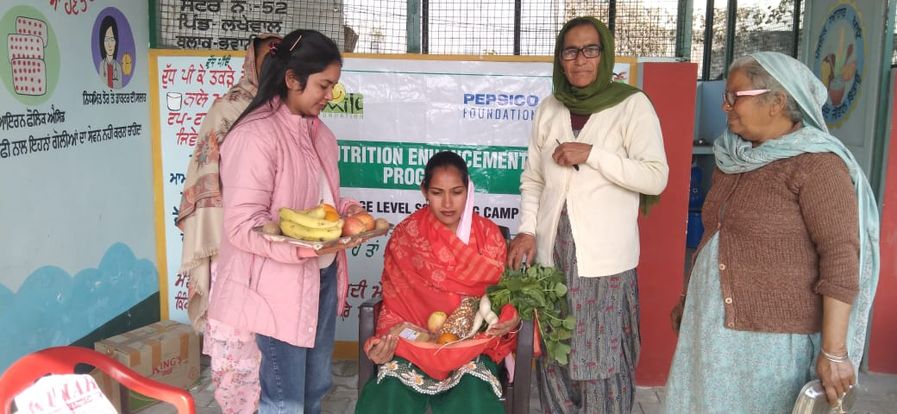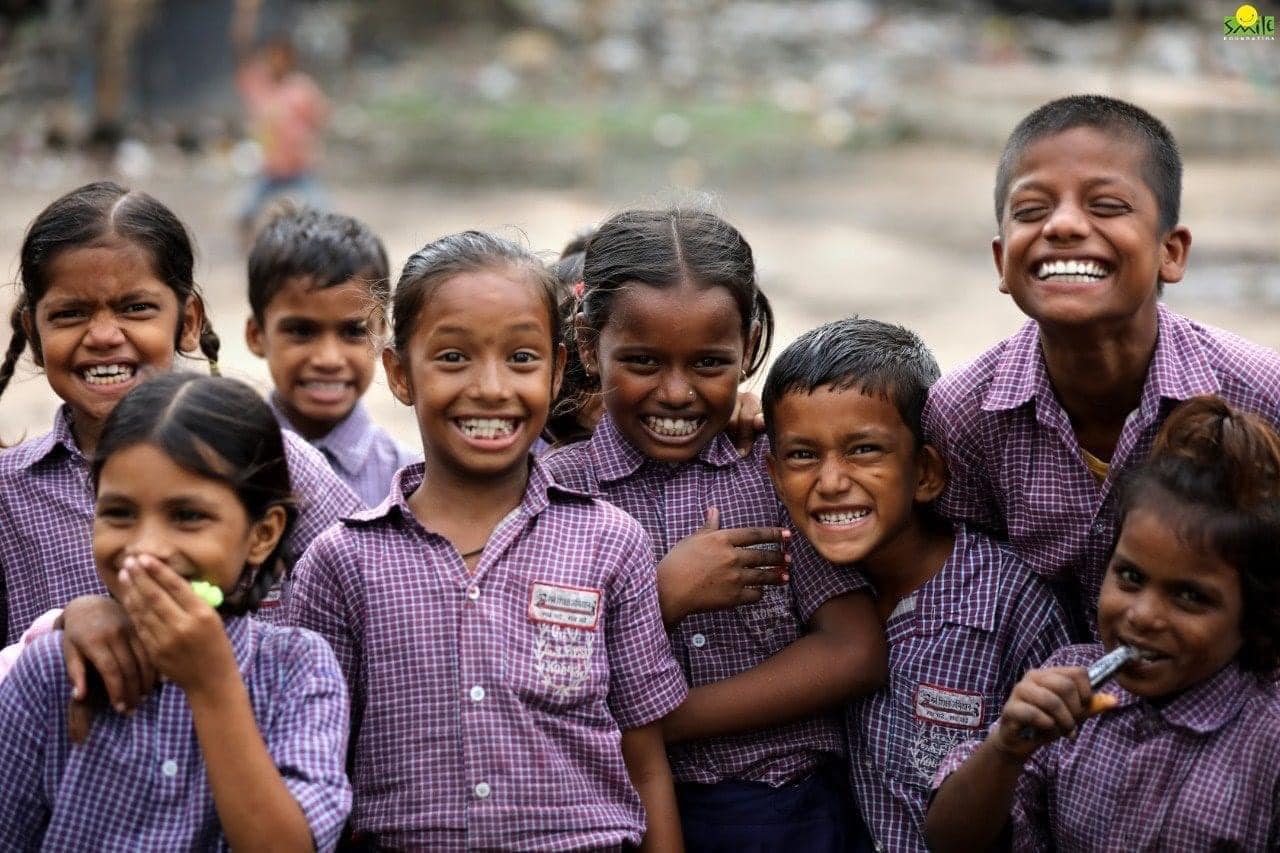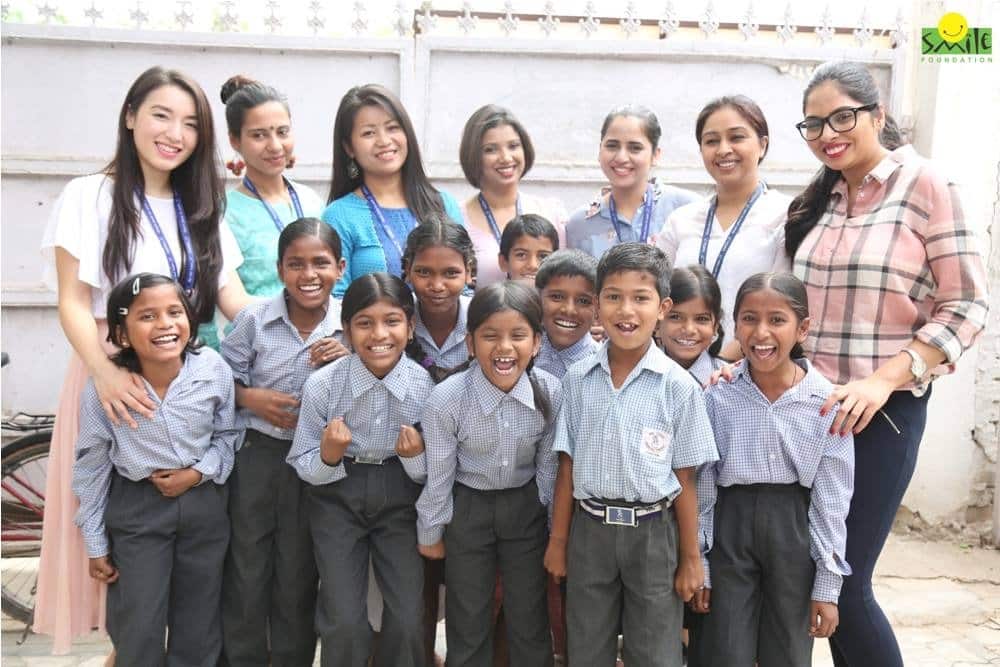In a country as diverse and complex as India, the journey toward women empowerment has been a mix of challenges and triumphs. Historically, Indian society has been rooted in patriarchal traditions, but the winds of change have been blowing steadily, led by strong, resilient women.
Understanding the Barriers to Women Empowerment
Societal Norms and Gender Stereotypes
The most pervasive barrier is the societal expectation of women’s roles. Traditionally seen as homemakers, many Indian women are expected to prioritize family over career. These stereotypes limit their opportunities and aspirations.
Girls are brought up in a societal framework that ingrains the belief that marriage is an irrevocable institution. Ceremonies like the coming-of-age ritual, often marked by a social event following the first menstruation of a girl, persist in many parts of India, reinforcing her primary role as a reproductive figure. Growing up in such an environment, it’s not surprising that questioning the permanence of a marriage or speaking out against abuse is seldom perceived as a viable or honorable choice. This holds true even for economically independent women.
Prevailing gender norms might lead women engaged in paid work to experience guilt. This guilt is not only about tolerating spousal violence but also justifying it, surpassing the levels observed in women not engaged in paid work. Consequently, an abusive husband may consolidate his control over the marriage by resorting to violence. Shockingly, a good percent of women in paid work encountered spousal violence, compared to women not engaged in paid work.
While many instances of domestic turmoil can potentially be resolved amicably, it is evident that Indian women seldom view divorce as a viable option, even in extreme cases of violence. Divorce carries a social stigma and is perceived as diminishing family honor. In this social context, education and economic resources may not necessarily enhance a woman’s confidence in her own abilities or self-worth, intensifying the difficulty of breaking free from marital violence.
While a progressive legal framework is undeniably essential, its impact on societal change might be limited. The portrayal of women in the media, depicting them as selflessly dedicated to family responsibilities while men assume provider roles, reinforces gender segregation. An effective strategy could involve showcasing successful women CEOs and athletes as role models to reshape people’s perceptions. Additionally, having male role models who actively challenge gender stereotypes could contribute positively. Despite the positive intentions, it remains doubtful that these initiatives alone can significantly disrupt broader societal practices and beliefs concerning women’s roles.
Educational Disparities
Although education for girls has improved, there remain significant gaps, especially in rural areas. The literacy rate among women, while improving, is still lower than that of men, impacting career opportunities and women empowerment.
Despite the relatively low literacy rates for girls in India, there has been a general upward trend in literacy across the country. Over the years, literacy rates have surged from 40.7% in 1981 to the recent 77%. The Indian government has implemented substantial measures to enhance the education system, resulting in a noteworthy reduction in the literacy gender gap since the 1980s. Despite these improvements, a literacy gap between genders persists.
Owing to cultural traditions, patriarchal values, and poverty, families often prioritize the marriage of their daughters over their education. Marriage is deemed a more pressing concern, resulting in the premature marriage of many girls before they can complete their education.
The term “Paraya dhan” is frequently used to characterize girls in India, reflecting the societal perception that girls are considered a burden. “Paraya” translates to “not one’s own,” while “dhan” conveys the idea of property and wealth, symbolizing the cultural belief that girls are meant to transition from being under the ownership of their father to that of their husband upon marriage.
Wives frequently have to discontinue their education due to the predominant domestic responsibilities assigned to them. Despite having the option to continue their education post-marriage, this is uncommon due to early pregnancies, stringent gender roles, poverty, and the necessity for someone to handle domestic labor.
Inadequate Menstrual Hygiene Management also serves as a barrier to girl child education. Mismanagement of menstrual hygiene, often influenced by poverty and a lack of accessibility, poses challenges for girls in obtaining necessary supplies during their periods. Moreover, a lack of knowledge about menstruation, coupled with the fear of staining or leaking, leads many girls to stay home during their periods to avoid embarrassment. Millions of girls drop out of school annually in India due to insufficient products and a lack of hygiene education. Studies on school attendance of girls in rural India revealed that one out of five girls missed school during their period, with many facing concentration problems and expressing fear of staining, smelling, or losing their cloths or pads in school. The majority of the surveyed girls were using cloths without access to sanitary pads or tampons.
Then there is child labor which is a significant impediment to girl child education in India. Child labor deprives them of opportunities, affecting their ability to enroll and participate fully in school. India has one of the highest numbers of child laborers globally. While more boys engage in skilled vocations outside the home, girls predominantly perform domestic labor, often unpaid and with long hours. The Child Labor Act of 1986 prohibited children under 14 from working in specific locations, but domestic and agricultural work, where many girls are employed, remains challenging to monitor. This often results in girls missing school, struggling to keep up with coursework, and, in some cases, dropping out of school due to the demands of domestic labor.
Economic Constraints
Financial independence is crucial for empowerment, but women often face challenges in accessing credit and other financial services. This limitation hinders their ability to start businesses or pursue careers.
When women seek employment, often due to life changes such as divorce, the death of a spouse, or financial necessity, they encounter significant challenges. The prevalence of early school dropout in India contributes to a lack of basic knowledge and networks needed to navigate the job market. Women who cannot pursue higher education or technical training face increased difficulty finding employment, perpetuating their financial dependence and hindering their ability to break the cycle of poverty.
While a lack of educational access is a contributing factor, the unequal distribution of labor between men and women also plays a role in shaping the desire for education. Studies indicate that women actively seeking employment in India experience longer periods of unemployment compared to men. Even educated women who manage to secure employment face a substantial wage gap.
In certain regions of India, women reportedly earn less than 70% of the wages earned by their male counterparts. This wage disparity reinforces gender discrimination in the workforce, creating a discouraging narrative that questions the necessity of educating women when they struggle to secure jobs or receive equitable wages compared to educated men. This cyclic relationship underscores the interdependence of economic opportunities and education for women in India, with each factor influencing and shaping the other.
Lack of Representation
In politics, business, and media, women representation remains low in India. This lack of visibility perpetuates the cycle of disempowerment, as there are fewer role models for young women.
In a significant development, India’s legislature recently passed a groundbreaking bill mandating the allocation of one-third of seats for women in the lower house of parliament (Lok Sabha), the Delhi Legislative Assembly, and state legislative assemblies nationwide. This transformative reform seeks to address the glaring gender disparity in the political representation of India, where the country currently ranks 141 out of 185 nations globally.
Efforts to implement a national gender quota in India have a history dating back to 1996, with six previous attempts facing obstacles, including opposition from smaller regional parties. Unlike previous attempts, the recent bill garnered support from across the political spectrum and women’s rights advocates. However, challenges such as delayed implementation and concerns about democratic backsliding pose potential threats to the positive impact of these quotas.
Once enacted, the reservation will substantially enhance women political representation, addressing the current disparity where women hold only 15.2% of seats in the Lok Sabha and 13.9% in the Rajya Sabha as of 2023.
Despite the anticipated positive outcomes, challenges persist in encouraging more Indian women to enter politics. Barriers include deeply ingrained gender norms, limited roles for women outside the home, lower political awareness, safety concerns, and sexism within political parties. Critics argue that gender quotas may lead to tokenistic inclusion, with male leaders controlling selected female candidates.
India’s experience with local government quotas, reserving one-third of village council leadership positions for women since the 1990s, suggests potential governance improvements and benefits for women citizens. Globally, 137 countries have implemented gender quotas, leading to increased health spending, legislation on women’s rights, and heightened responsiveness to female constituents. However, backlash and resistance have also emerged in certain cases.
Balancing the gains in political representation with broader democratic values remains a complex task, and the success of gender quotas in India will depend on navigating these multifaceted challenges.
Pioneering Women Entrepreneurs in India
Amid these challenges, several Indian women have broken barriers, paving the way for others. Their stories are not just about personal success but also about inspiring a new generation of women.
Kiran Mazumdar-Shaw
Founder of Biocon Limited, Kiran Mazumdar-Shaw is a trailblazer in the biotechnology industry. Starting her journey in the male-dominated field in 1978, she has grown Biocon into one of India’s largest biopharmaceutical companies.
Vandana Luthra
Vandana Luthra started VLCC, a beauty and wellness giant, in 1989 when the concept of wellness was still new in India. Her vision and entrepreneurial skills have made VLCC a renowned name in the beauty and wellness industry.
Indra Nooyi
Although more globally recognized, Indra Nooyi’s journey began in India. As the former CEO of PepsiCo, she has been an inspiration to many, showcasing how Indian women can lead on the global stage.
Falguni Nayar
The founder of Nykaa, Falguni Nayar, has revolutionized the Indian beauty industry. Her online platform has made high-quality beauty products accessible, and her success story encourages women to venture into digital entrepreneurship.
Moving Forward: Actions and Initiatives
Educational Reforms
Educational policies must focus on reducing the gender gap in education, ensuring girls have access to quality education and career guidance.
Economic Policies
Creating more opportunities for women in the workforce and easing their entry into entrepreneurship is crucial. This includes access to credit, business networks, and mentorship programs.
Social Awareness
Changing societal attitudes is a long-term process that requires consistent effort. Media campaigns, education, and public dialogues can play a significant role in altering perceptions about women’s roles.
Policy and Representation
Encouraging more women to take up leadership roles in various sectors can have a ripple effect. Policies that promote gender diversity in corporate boards, politics, and other fields are essential.
Conclusion
The journey of empowering women in India is ongoing and multifaceted. While there are significant barriers, the stories of successful Indian women entrepreneurs provide hope and a roadmap. As a society, collective efforts in education, policy-making, and changing social norms can accelerate this journey toward a more equal and empowered future for Indian women.
Our women empowerment program Swabhiman has been making efforts to bridge the existing gaps for women and adolescent girls that leave them out of the growth cycle. Through community mobilization on health and hygiene topics, sessions on low-cost high-nutrition recipes, integrating the power of local cultural ceremonies like Godh Bharai, Annaprashana, etc. into local events and specialized workshops on financial literacy and entrepreneurship, all our efforts are to empower women and girls to become independent in every possible manner.









